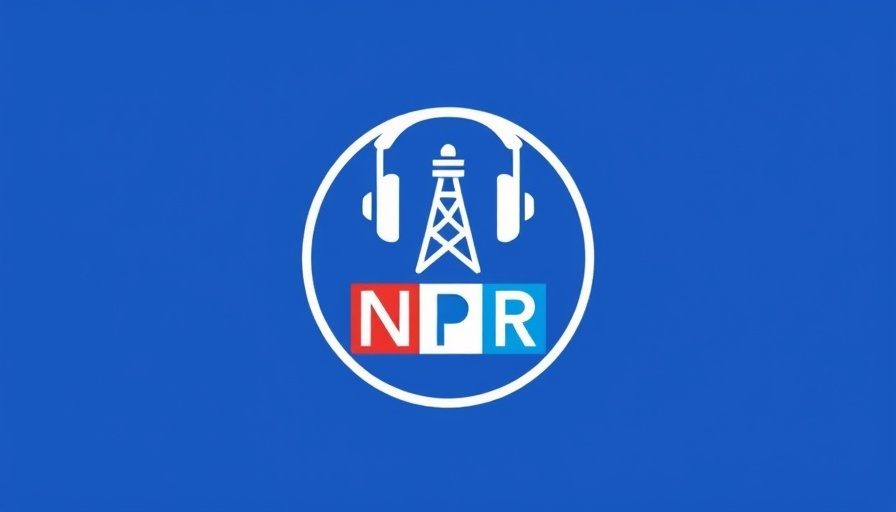
The Rising Tide of Pet Healthcare Costs
As a nation of pet lovers, it’s hard to ignore the shifts that have occurred in how we care for our furry companions. In recent years, the cost of veterinary care has skyrocketed, nearly doubling over the past five years. Despite the deep bond we share with our pets, many pet owners are facing tough decisions as the price tag for pet care rises.
Understanding the Factors Behind Rising Costs
Veterinary care is taking a significant hit from broader economic pressures. Inflation, a consequence of the COVID-19 pandemic, has affected practically every sector of the U.S. economy, including animal healthcare. According to the American Veterinary Medical Association (AVMA), rising costs for medical supplies, pharmaceuticals, and advanced technologies have contributed to the spike in prices. Moreover, the projected increase in the lifespan of pets means they require more frequent and complex medical attention as they age. With only about 4% of pets covered by insurance, pet owners find themselves increasingly responsible for out-of-pocket expenses.
Preventive Care: A Wise Investment
To counteract costs, veterinary professionals urge owners to focus on preventive care. Regular check-ups, vaccinations, and early screenings for potential health issues can save pet owners thousands in future medical expenses. Preventive strategies like these not only help detect problems early but also ensure that pets lead longer, healthier lives. As we invest in proactive measures, we cultivate both our pets' well-being and our financial stability.
The Emotional Impact on Pet Owners
Many personally view their pets as family members—a sentiment echoed in surveys revealing that even during financial hardships, people are reluctant to cut back on their pet care expenditures. A recent Gallup poll indicated that 37% of respondents had hesitated to seek veterinary care due to costs; an alarming 7 in 10 cited financial constraints as their primary reason. Many pet owners are going to extreme lengths to afford treatment, often sacrificing their own essentials for pet care.
Accessible Care Options: Finding Solutions
Fortunately, there are resources available to mitigate the financial strain of pet healthcare. Low-cost veterinary clinics have emerged, providing key services at reduced prices, and several well-established organizations offer financial support or subsidized care. Moreover, pet insurance, while often seen as a luxury, may provide long-term savings and peace of mind for unexpected emergencies.
“Before adopting, it’s vital to consider if you really can afford to care for a pet,” advises Jennifer Armbruster of the Arizona Humane Society. Establishing a budget is crucial, ensuring that pet care doesn’t break the bank.
The Future of Veterinary Care
As the dialogue surrounding rising costs continues, it is essential for both pet owners and professionals in veterinary medicine to collaborate on viable solutions. By understanding the dynamics of the market and leveraging available financial assistance programs, we can foster an environment where caring for our beloved pets is both compassionate and sustainable, regardless of economic challenges.
Embracing Solutions for a Sustainable Future
Overall, as pet ownership trends observe profound transformations influenced by economic factors, it becomes increasingly important to raise awareness about available resources. Whether it is exploring low-cost care options, investing in preventive health measures, or considering pet insurance, these proactive steps can empower pet owners to make informed decisions without compromising their pets’ well-being. Remember, investing in your pet's health today can lead to lifelong benefits.
Call to Action: As a pet owner, what steps have you taken to manage your pet’s health expenses? Share your thoughts and experiences, and let’s work together to create a healthier future for our furry friends!
 Add Row
Add Row  Add
Add 




Write A Comment